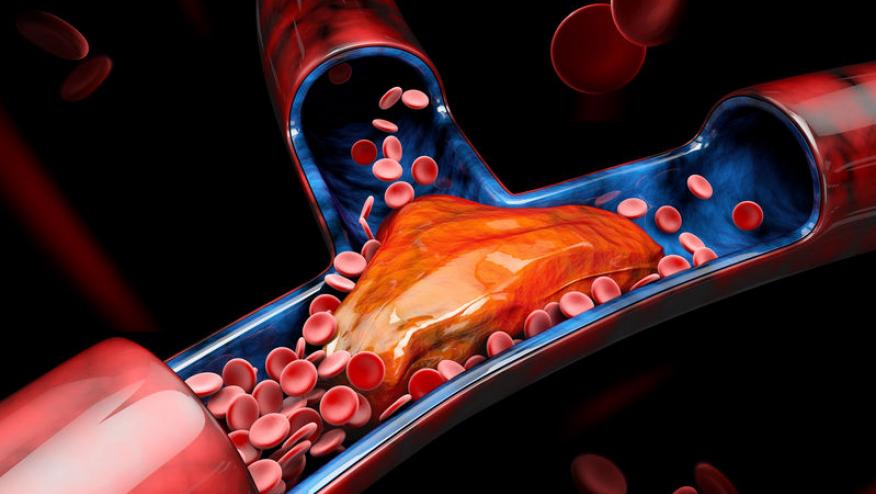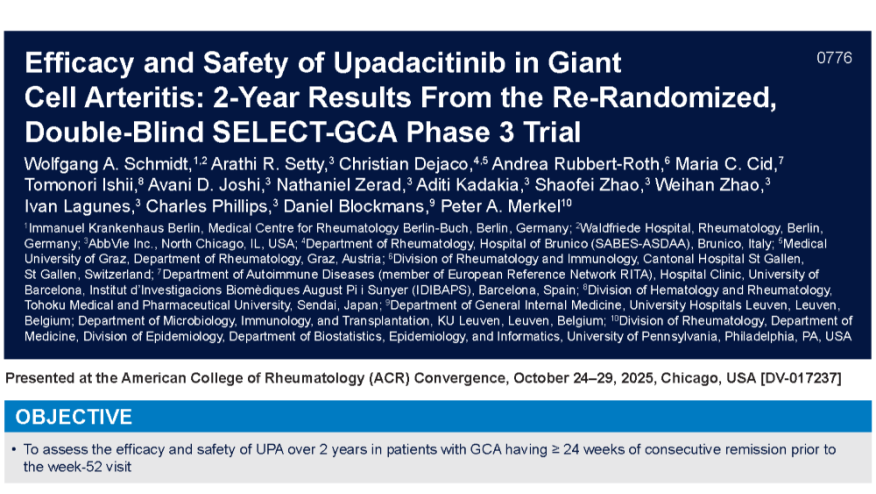Low Risk of Venous Thromboembolism with IVIG and Dermatomyositis Save

A cohort study analyzed the risk of venous thromboembolism (VTE) in dermatomyositis (DM) patients treated with intravenous immunoglobulin (IVIG).
Previous studies have shown an increased risk of VTE in DM patients, usually within 2 years of onset. Moreover, the FDA has recently approved IVIG for use in DM, but it too carries a black box warning for increased risk of thrombosis. This study examined the association between treatment of DM with IVIG and thromboembolic events.
A total of 458 DM patients (meeting EULAR/ACR criteria) were identified from the Research Patient Data Registry (RPDR) and the Mass General Brigham hospital network.
Most patients (76%) were female and 82% were White. Cancer-associated DM was seen in 16.6%. IVIG was given to 39% of the cohort who received IVIG for a mean duration of 32.9 months (range, 1-132).
Among 458 patients, 23 experienced DM-associated VTEs. VTE risk was non-significantly lower with IVIG therapy (6/178 [3.4%]) compared to those not on IVIG (16/280 [5.7%]). There was no significant difference in the incidence of DM-associated VTEs between patients receiving and not receiving IVIG treatment.
DM-associated VTEs (n=23), also had numerous additional underlying risk factors, as did the IVIG-treated patients (5/6) who also had at least 1 additional underlying VTE risk factor. Malignancy was an important risk factor, as 76 patients had cancer-associated DM, and 14 (18.4%) experienced a VTE.
Prospective studies of at risk patients (eg, DM) is warranted to better assess the risk of VTE associated with IVIG therapy.










If you are a health practitioner, you may Login/Register to comment.
Due to the nature of these comment forums, only health practitioners are allowed to comment at this time.